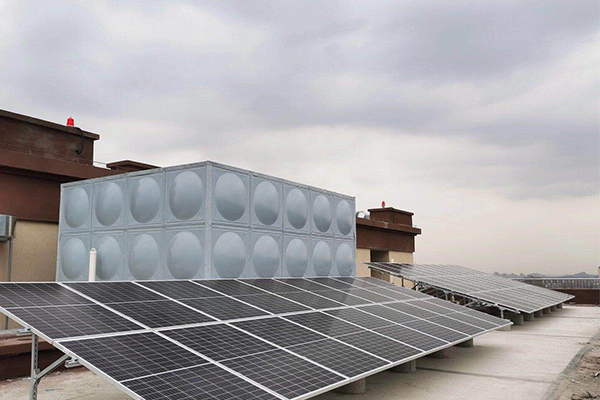Flat roof solar mounting systems have emerged as a cornerstone of renewable energy infrastructure, unlocking the solar potential of commercial, industrial, and residential flat rooftops worldwide. Unlike sloped roof systems, these specialized structures are engineered to maximize energy production on level surfaces, addressing the growing demand for space-efficient, low-impact solar installations. As the global shift toward clean energy accelerates, these systems play a pivotal role in making solar power accessible for buildings with underutilized flat roof spaces.
At their core, flat roof solar mounting systems consist of four key components: lightweight aluminum or stainless-steel rails, adjustable brackets, secure fasteners, and ballast or penetration bases. Ballast-mounted systems—using concrete blocks or weighted frames—eliminate the need for roof drilling, preserving waterproofing and ideal for fragile rooftops. Penetration-mounted systems, by contrast, anchor directly to the roof structure via bolts, offering enhanced stability in high-wind or snow-prone regions. Many modern systems feature modular designs, allowing for easy scalability and customization to fit roof dimensions and solar panel layouts.
The advantages of flat roof solar mounting systems are multifaceted. Their adjustable tilt angles (typically 10–30 degrees) optimize sun exposure, boosting energy output compared to horizontal installations. The open design beneath panels facilitates airflow, reducing heat buildup and improving panel efficiency. Additionally, these systems require minimal roof modification, lowering installation costs and minimizing disruption to building operations. Their durability—resistant to corrosion, UV radiation, and extreme weather—ensures a long service life of 25+ years, aligning with the lifespan of solar panels.
Applications span diverse sectors. Commercial buildings (offices, retail centers) and industrial facilities (factories, warehouses) leverage large flat rooftops for on-site power generation, reducing electricity bills and carbon footprints. Residential properties with flat roofs benefit from space-saving installations that avoid altering roof aesthetics. These systems also support utility-scale solar projects on flat industrial lands, contributing to grid decarbonization.
As solar technology advances, flat roof mounting systems are evolving with innovations like lightweight ballast materials, integrated grounding solutions, and compatibility with bifacial solar panels. In an era of increasing renewable energy adoption, these systems stand as a practical, efficient solution to harness solar power, bridging the gap between energy needs and sustainability goals for buildings worldwide.

